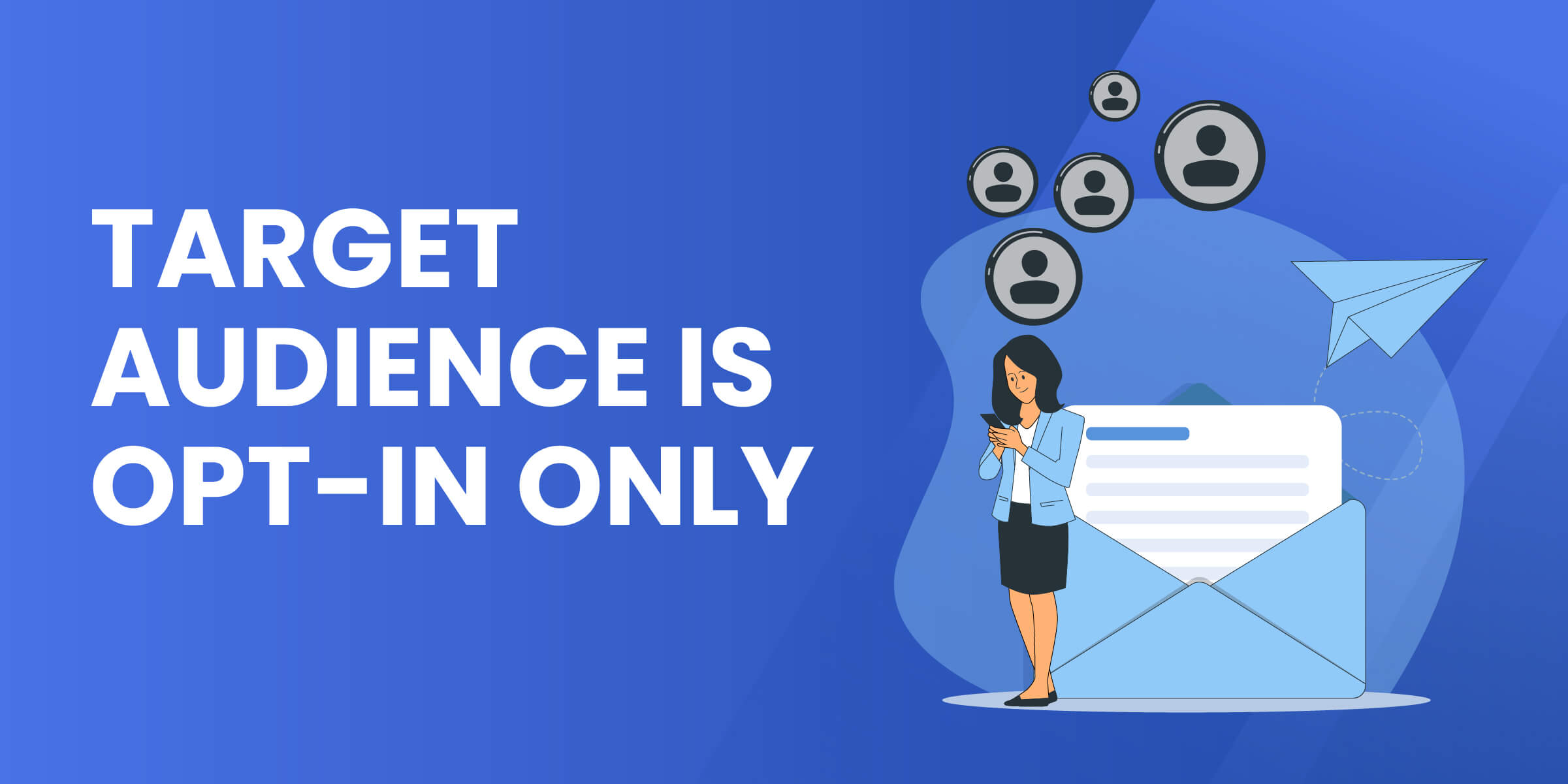SMS marketing can be a great way to reach your target audience, but there are some best practices to keep in mind.
For instance:
- Keep Your Messages Short and Sweet.
- Make Sure Your Target Audience Is Opt-In Only.
- Time Your Messages Wisely.
- Personalize Whenever Possible.
- AB Test Different Versions of Your Message Before Sending It Out to All of Your Contacts.
Let’s dive a bit deeper into each of these.
Best for Small Businesses
Best for Medium to Enterprise
We offer this website completely free to our visitors. To help pay the bills, we’ll often (but not always) set up affiliate relationships with the top providers after selecting our favorites. However, we do our best not to let this impact our choices. There are plenty of high-paying companies we’ve turned down because we didn’t like their product.
An added benefit of our relationships is that we always try to negotiate exclusive discounts for our visitors.
Keep Your Messages Short and Sweet


No one wants to read a long message on their phone.
So when it comes to SMS marketing, the best strategy is to keep your messages short and sweet. This doesn't mean that every message has to be a haiku – but it does mean getting straight to the point.
Keep your language clear and concise, and avoid unnecessary words or fillers. And if you can say what you need in fewer than 160 characters, even better!
Make Sure Your Target Audience Is Opt-In Only


Always make sure your target audience is opt-in only. This means they have explicitly agreed to receive communications from you.
By doing this, you'll ensure that your messages are welcome and not considered as spam.
There are a few key reasons why it's important to have an opt-in list for your SMS marketing campaign:
1. You'll Know for Sure That People Want to Hear From You.
The last thing you want is to be accused of spamming someone who never signed up to receive your texts in the first place.
2. An Opt-In List Allows You to Build Trust With Potential Customers Before Even Sending Them a Promotional Message.
They know what they're signing up for, so there won't be any surprises when they start receiving texts from you down the road.
3. It Helps Create a More Targeted Customer Base
Using specific opt-in keywords allows people who are interested in hearing about your product or service sign up for updates specifically related to their needs and interests.
4. Different Opt-In Options
If you're not sure how to get started with building an opt-in list for your SMS marketing campaign, there are a few different ways you can go about it.
One option is to include a keyword and short code in your print or online ads that people can text to in order to sign up for messages.
You can also promote your opt-in list on social media, or even create a landing page on your website specifically for collecting phone numbers.
No matter what method you choose, just make sure you're clear about what people are signing up for so there are no surprises down the road.
Time Your Messages Wisely


When it comes to SMS marketing, timing is everything. You want to make sure you're sending your messages at a time when your target audience is most likely to be available and paying attention.
For example, if you're targeting working professionals, the best time to send your message would be during the workday rather than late at night or on weekends.
By taking the time to plan out when you'll send your messages, you're more likely to see success with your campaign. You can also use automation tools to schedule your messages.
Personalize Whenever Possible
This could mean addressing the reader by name, or tailoring the message to fit their specific needs.
By making your messages more personal, you'll increase the likelihood that they'll be read and responded to. For example, let's say you're a car dealership sending out a mass text promotion for a new sale.
Instead of simply saying “Come down and check out our latest deals!” try something like “Hi [name], we know you're in the market for a new car – come down and take advantage of our latest offers.” See how that makes a difference?
You can also use personalized messaging when following up with customers after they've made a purchase.
A quick thank-you text letting them know how much you appreciate their business goes a long way towards building loyalty (and getting those all-important repeat sales).
A/B Test Different Versions of Your Message


When it comes to email marketing, one of the most important things you can do is A/B test your subject lines. This means testing different combinations of words and emojis in order to see which ones perform best.
By split testing various elements of your text messages, you'll be able to find the perfect formula for driving more opens and clicks.
Industry-Specific Uses for SMS Marketing
FAQs
What is a good ROI in SMS marketing?
A good ROI in SMS marketing can be anywhere from 5% to over 50%, depending on a number of factors.
Does SMS marketing actually work?
Yes, SMS marketing does work. When used correctly, businesses can experience a significant increase in leads and conversions. To ensure success, it is important to follow best practices such as using targeted keywords, providing valuable content, and offering an incentive for customers to opt -in. Alternatively, you can hire an SMS marketing professional who can help you set up for success.
How long should an SMS marketing message be?
The ideal length of an SMS marketing message is 160 characters or less.
How do I use SMS marketing to increase sales?
There are a few key ways to use SMS marketing in order to increase sales including segmenting your audience and send targeted messages that are relevant to their interests, making clear and concise calls-to-action, and tracking metrics/ analyzing results for maximum ROI.























